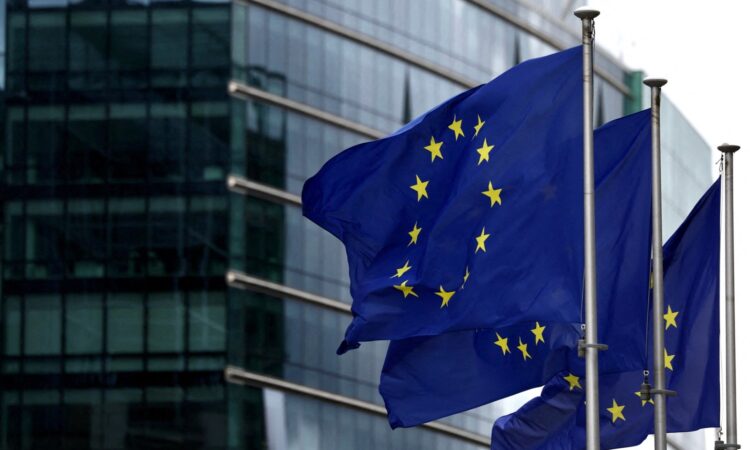
EU financial regulators propose replacing Articles 8 and 9 with new fund categories
The European Supervisory Authorities have proposed creating two new fund categories, “sustainable” and “transition” under the Sustainable Finance Disclosure Regulation, as well as a new classification of “non-categorised products”.
In a joint opinion, published earlier this week, the ESAs also recommend introducing a “sustainability indicator” that would grade investment products from A to E, to enable easier comparison.
Criteria for the “sustainable” category could include “products that invest in economic activities/assets that are already environmentally and/or socially sustainable”, it suggests. The “transition” category could apply to “products that invest in economic activities/assets that are not yet sustainable, but which improve their sustainability over time to become environmentally or socially sustainable”.
The ESAs say the proposals aim to simplify how the SFDR is functioning and make it easier for consumers to “understand the purpose of the products”. They also suggest the new categories, which ultimately would be defined by the European Commission, should have clear criteria for reducing greenwashing risks.
Bhavik Parekh, research associate at sustainable investment advisory firm MainStreet Partners, describes the proposals as “a total shift in the direction of sustainable fund regulation”.
At present, the SFDR mandates that investment managers disclose information about the sustainability performance and characteristics of products based on whether they fall under Article 6, Article 8 or Article 9 of the regulation.
Article 6 applies to products without a sustainability scope, Article 8 to products that promote environmental or social characteristics, but they are not part of its core purpose (also sometimes referred to as “light green funds”), or Article 9, which covers funds with sustainable investment as their core objective (also sometimes referred to as “dark green funds”).
Rules lack clarity
The existing SFDR rules have faced criticism in the past for lacking clarity. Parekh says the new “simple categorisation” could be clearer for investors; however, “implementing an indicator approach would potentially be more confusing especially if combined with categories”.
The ESAs have also called for greater alignment between how sustainable investment is defined in the EU’s Taxonomy Regulation and its definition under the SFDR.
In a June 19 briefing note, Tegan Shyne and Eve Ellis of law firm Ropes & Gray suggest this could mean that fund managers would need to apply stricter, science-based criteria to define whether an investment qualifies as sustainable, than is currently the case.
They say this change could also “increase the bar considerably” for existing funds to meet the criteria of the new “sustainable” label. They also question whether existing Article 8 funds could still “qualify for a sustainability label under SFDR”.
The ESAs proposals would make the SFDR function in a more similar way to the UK’s Sustainability Disclosure Requirements, which are due to come into force in December. Parekh suggests this could mean improved operability between the two regimes.
The UK’s SDR includes four labels — “sustainability focus”, “sustainability improvers”, “sustainability impact”, and “sustainability mixed goals” — which can be applied to investment products with different sustainability goals.
This ESAs opinion will contribute to the commission’s ongoing review of how the SFDR is functioning.






